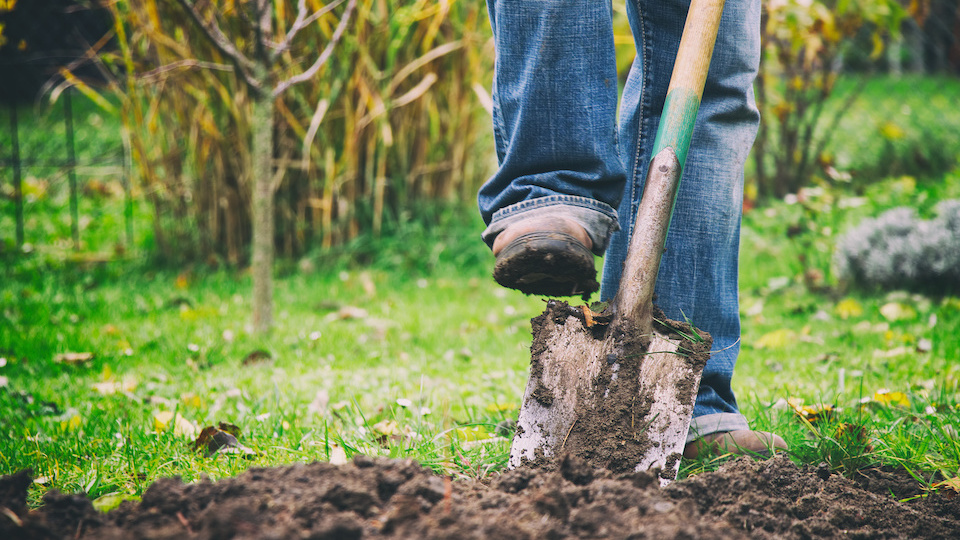As more and more people embrace organic gardening that works with the earth rather than against it, tilling is finally falling out of fashion. For decades, tilling was seen as the only viable option for spring planting. However, this method actually damages the delicate balance of the soil by causing soil compaction, harming microorganisms, and increasing erosion. But if tilling is out of the question, what other options do you have when creating a garden? Read on to find out.
Tilling alternatives that work
It is high time to ditch your rototiller and embrace organic gardening methods that work with the earth rather than against it. For all of these methods, you will need a lot of organic compost, so if you don’t have a compost pile or bin, start one today!
Raised beds
Raised beds are made out of a box, either on the ground or at table height. This box sits on top of the soil and is filled with a nutrient-rich mixture of healthy soil and organic compost. Raised beds are great if you live somewhere with sandy or silty soil that would require a lot of amendment to become viable.
Layering
Many people find success by simply layering cardboard over the soil, wetting it down, and then bringing in rich organic material to build up their bed and create layers to plant in. This is also called lasagna gardening and, though it requires a lot of extra supplies, it will work well to give your plants the perfect balance of nutrients for an optimal harvest.
Double digging
Though double digging is a bit more labor-intensive than other options on this list, it is certainly a better option than tilling and uses available soil to help cut down on material cost. If done properly, you should only have to double dig every four or five years and will only need to work compost into the top layer of soil in the spring. This method allows you to preserve the integrity of the soil layers while still mixing in compost and providing essential nutrients for healthy plant growth.
Step 1: Mark out beds
Since you are digging into the ground, you won’t want to accidentally mess up the shape or size of your bed. Mark out your planting area with stakes and string. Four feet wide is the maximum width that will allow you to reach the middle of the bed without stepping on and compacting the soil. Your trenches can be as long as you wish, but make sure to create a garden that is a manageable size. You will be filling this planting area with 1-foot wide trenches, so keep that in mind as you plan out the space
Step 2: Dig deep
Dig down into the soil with a shovel or to create a 12-inch wide trench that is about nine inches deep. Place removed soil into a wheelbarrow and set it aside.
Step 3: Loosen the soil and add compost
Use a digging fork to loosen the soil in the bottom of the trench by sticking it into the ground as deep as you can and simply rocking it back and forth. Follow this by spreading a few finches of compost into the bottom of the trench and mixing it in with the digging fork.
Step 4: Fill the trench
Dig another trench next to the first one that is the same size and use the top layer of soil to fill in the first trench.
Step 5: Loosen and amend
Repeat the soil loosening and compost amendment in the second trench and continue with each tranch until all trenches are filled. Keep using the topsoil from each neighboring bed to fill in the previous one and use the reserved topsoil from the first bed to fill in the last one.
Step 6: Final compost
Once all trenches are completed, dump a generous layer of compost over the bed and work it into the top of the soil. Smooth trenches with a rake and you’re ready to plant. Each year, simply amend the soil with new compost to support healthy plants.
Have you ever tried double digging? What other tilling alternatives do you love? Let us know in the comments below!
–Taylor Ramsey



